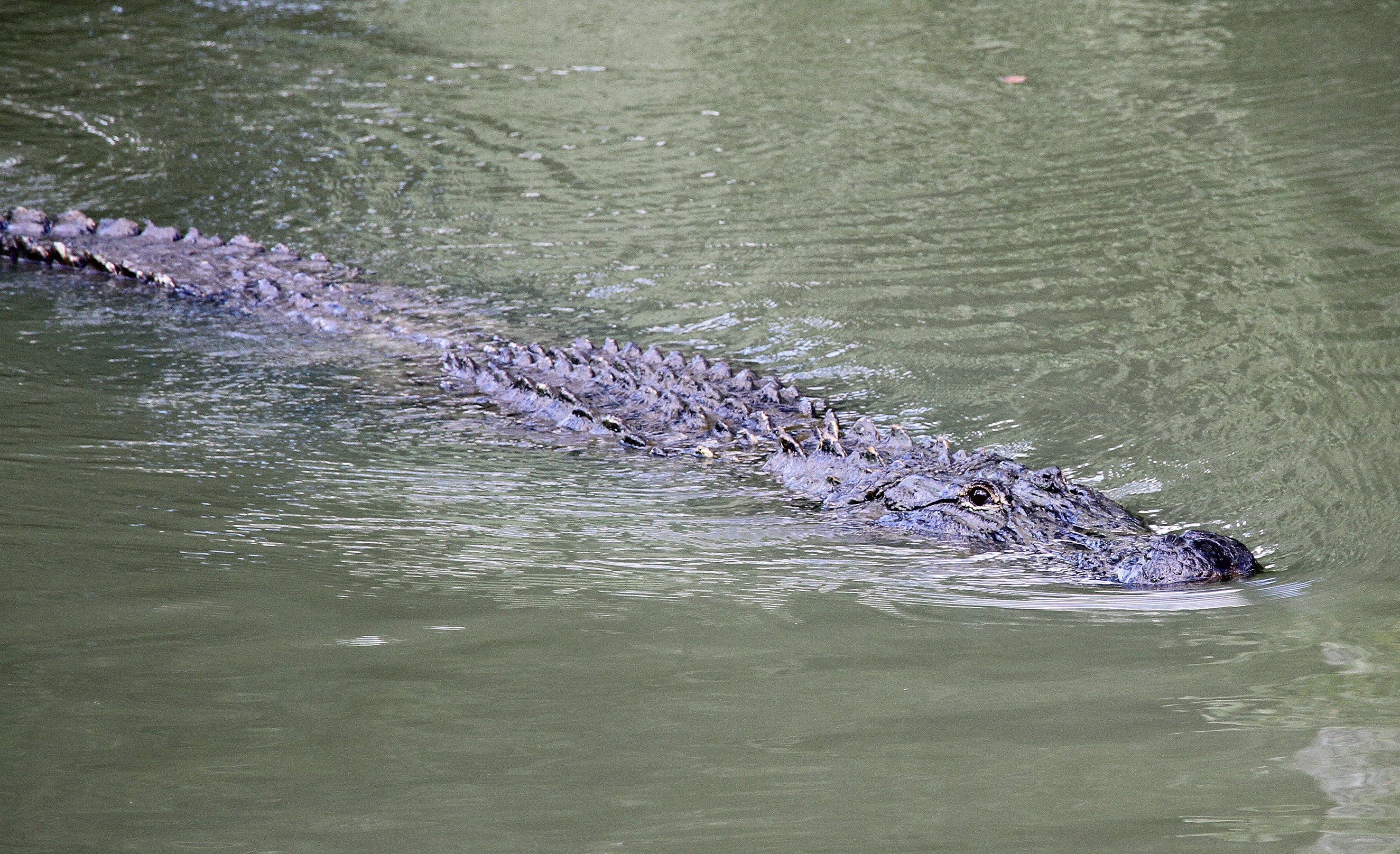By DAVID RAINER, Alabama Department of Conservation and Natural Resources
For those of us fortunate enough to have lived in Alabama a number of years, one of the benefits the vast majority of residents cherish is interaction with the abundant wildlife that inhabits the state.
Becoming familiar with the different animal species and their preferred habitat comes with experience and education. Most of those animals are harmless, but a few species need to be given distance and avoided. A case in point is the American alligator, which can grow up to 15 feet in length.
An American alligator was recently sighted in the Huntsville area, which many people consider to be beyond the home range of the animal. However, alligators have lived in north Alabama for at least 60 years, according to Chuck Sykes, Director of the Alabama Department of Conservation and Natural Resources’ (ADCNR) Wildlife and Freshwater Fisheries (WFF) Division.
“The first documented sighting was at Wheeler National Wildlife Refuge (near Decatur) in 1964,” Sykes said. “They’ve been in north Alabama for a long time.
“I get it. People who are new moving into the area who are not used to it, I can see where they could be a little panicked the first time they see an alligator. But that is suitable habitat for alligators. There is not as much prime gator habitat as there is in the southern part of the state, but there is still quite a bit up north.”
Jud Easterwood, WFF’s Supervising Wildlife Biologist in District I in north Alabama, said some evidence exists that alligators were living in his district much longer than that.
“We’ve got alligators in Wheeler Refuge and Redstone Arsenal and the areas surrounding,” Easterwood said. “We have historical accounts from the late 1800s of them being there.”
In the middle of the 20th century, alligators were listed as endangered by the U.S. Fish and Wildlife Service (USFWS) and protected for 20 years until they were delisted in 1987.
“We know the population is there,” Easterwood continued. “We see them at Swan Creek (wildlife management area) occasionally and at Brown’s Ferry Nuclear Plant.”
Recently, the housing boom in the Huntsville-Decatur-Madison triplex has encroached into areas that are suitable alligator habitat.
“They are building subdivisions literally in swamps,” Easterwood said. “They’re bringing in truckloads of dirt and topsoil to build these pads to put the houses on. They’re building right up against the Redstone Arsenal fence. They’re building these well-manicured ponds these houses are going to go around. That means fish and turtles, food sources of alligators, so everything is there for an alligator. It’s perfect for them.
With the encroachment of subdivisions and other construction near the alligators’ habitat, interactions between humans and alligators will arise. Folks moving into the area who aren’t familiar with Alabama’s native wildlife are sounding off.
“We have people moving in from all over the country coming to the Huntsville area, and they are not made aware that there is a breeding population of alligators here. When people see them, they freak out. They don’t know what people in south Alabama know about living around alligators.”








